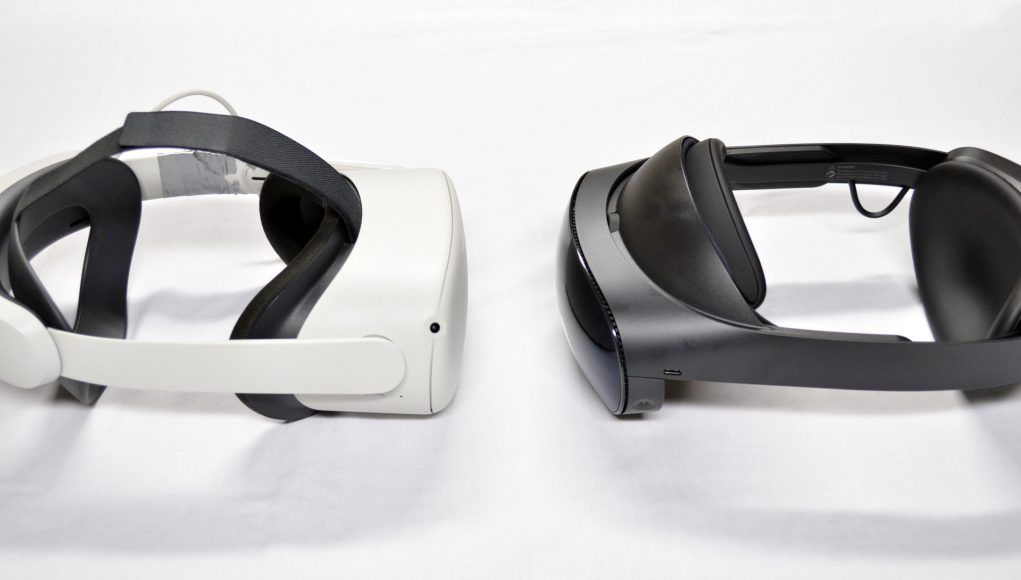Meta says it’s has begun pushing out a software update which will bring some pretty profound performance boosts to both Quest 2 & Quest Pro.
Update (June 21st, 2023): Meta says Quest update v55 is now starting to roll out to Quest 2 & Quest Pro users. The company is promising the update will deliver a significant boost to the devices’ performance which should make the VR experience smoother overall while allowing apps to render at somewhat higher resolutions.
Update v55 also includes a standalone Messenger app and a revamped ‘Explore’ tab (which now shows Reels from Instagram and Facebook, if your accounts are connected). The update also adds multi-touch capability to the in-headset browser for hands-on zooming of web pages.
And last but not least, users will find two new home environments for their headset. The first is ‘Futurescape’, which was the backdrop of this year’s Quest Gaming Showcase; the second is ‘The Great Sand Sea’, which is exclusively available to users who have pre-ordered Asgard’s Wrath 2.
As ever, Meta advises that these updates roll out gradually to the population of headset users, so if you don’t see it right away you might need to wait a little longer.
The original article, which covered the update’s performance improvements, continues below.
Original Article (June 1st, 2023): Meta unveiled Quest 3 today, its next consumer-focused headset slated to launch in fall starting at $500. Quest 3 is going to be more powerful than Quest 2 by a good margin; the company says it has “more than twice the graphical performance as the previous generation Snapdragon GPU in Quest 2.”
Now the company says it’s tossing out a software update to both Quest 2 and Quest Pro chipsets that will provide up to 26% CPU performance increase for both. As for the headsets’ GPUS, we’re told to expect up to 19% GPU speed increase for Quest 2 and 11% for Quest Pro.
“As developers take advantage of these changes, you can expect smoother gameplay, a more responsive UI, and richer content on both headsets,” the company says in a blogpost. “And we’re enabling Dynamic Resolution Scaling for both Quest 2 and Quest Pro, so games and apps can take advantage of increased pixel density without dropping frames.”
The company hasn’t said just when to expect the update, but we’ll be keeping our eyes peeled on Meta blog and social channels in the coming days. In the meantime, check out all of our Quest 3 coverage so far which has come right ahead of the big Quest Gaming Showcase kicking off today:







